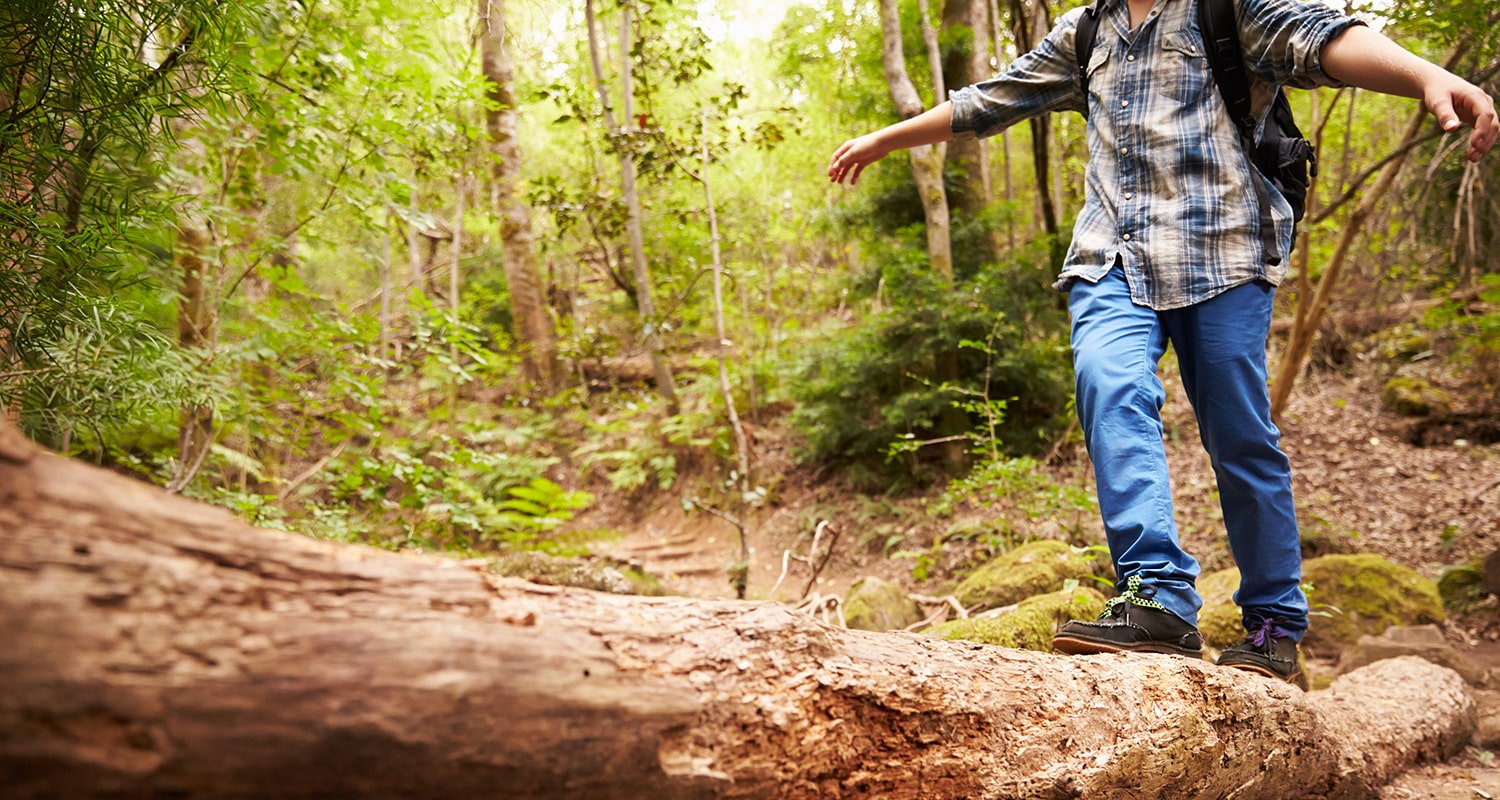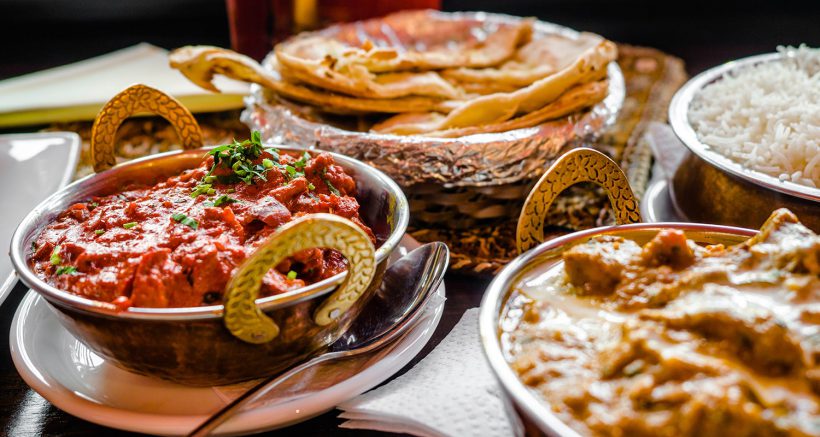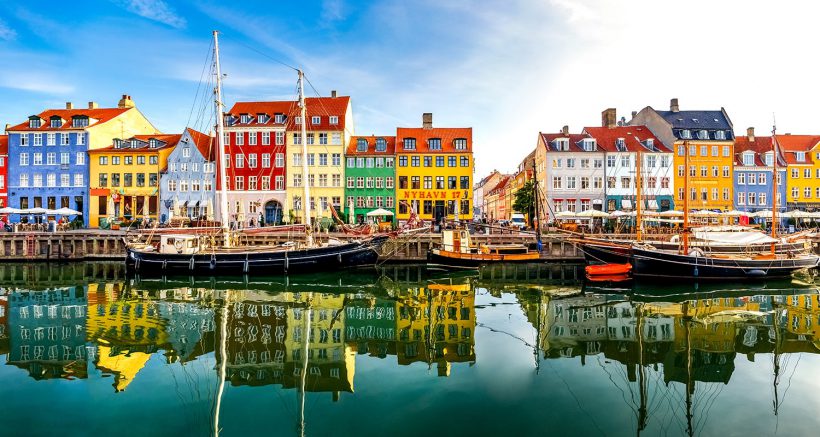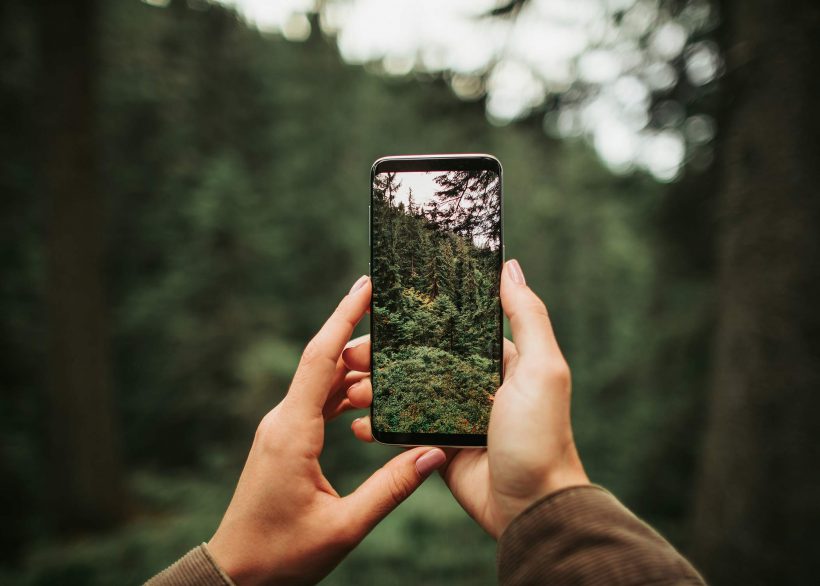When it’s hard to step out of your front door to go to the grocery store, it can feel impossible to imagine traveling—especially internationally. Luckily, you don’t have to board a plane to experience the richness and diversity of cultures around the world. We rounded up some hobbies and travel activities that will bring the world to you, most of them right from your own home.
Cuisine
Cooking and baking
What better way to learn about the cuisine of a country you’ve always wanted to visit than by making it yourself? Find out the favorites from your chosen destination and pick a recipe that fits your skills and ingredient availability. You can make this a family activity, or involve the neighbors by participating in a socially distant potluck exchange. Bonus: check out local markets that offer international ingredients—you’d be surprised at the range you can find if you take the time to search them out.
Tasting and enjoying
You’ve made your cuisine or found a dish from a local restaurant to eat. Now, take some time to enjoy the food in front of you. Note the colors of your meal and the aromas that waft off each dish before digging in. Once you’ve had a taste, appreciate the flavors and how they differ from or complement the aroma of the dish. How does the texture differ from the foods you usually eat? Are there similarities between this dish and something you’re more familiar with? Asking questions like these during your meal will make it feel more complex than a usual home-cooked dinner. These questions are the key to unlocking a travel experience at your own table.
Traditions and rituals
Consider the traditions that surround the food you choose to make. Many cultures have very specific pre- or post-imbibing rituals that they follow. Many Christian meals open with a prayer, and different cultures may say a rite over their meal or offer portions of food to birds or spirits before eating their own dish.
How will you eat your meal? An important part of experiencing a different culture’s food is to follow the same customs. Most Asian cultures use chopsticks for their meals; in Japan, it’s considered a sign of enjoyment if you slurp your food. In Ethiopia, most food is consumed using your hands, and the meal is considered a social experience with everyone sharing the same source of food. Of course, even traditions like these should be practiced in a socially distanced way, so be sure to adapt as needed for safety.
Landscapes
Hiking
The best way to take in a new landscape is to walk it. Obviously, if your target travel destination isn’t nearby, you won’t be able to do this physically, but there are many virtual tours available that allow you to experience the hills and valleys of different locations. To start, check out a few virtual tours that our tour directors have created!
Though you can’t walk the Great Wall of China or the green hills of New Zealand at the moment, you can still practice your hiking to get you in tip-top shape for when you can make it to the location of your dreams. You’ll be surprised by how many local spots you may not have noticed if you look around for local places to walk. Check out a trail you haven’t been on before, or take an urban hike to a park you haven’t been to. Your newest local favorite spot is waiting to be uncovered!
Architecture
The urban landscape and architecture of a destination is a distinct part of what makes travel so entertaining. Before you’re able to walk among the buildings of Italy, Beijing, or Johannesburg, research them online. Which are the most famous? What is the general style of architecture in the area? What’s the history of the city? Has it been rebuilt more than once, perhaps in different styles? These questions will allow you to immerse yourself in the architectural experience when you finally arrive at your destination.
Again, take it local! Do you know what the primary architectural style of your hometown is? Is there more than one kind found in your area? Learn a bit about it and take a walk around your neighborhood to identify buildings that fit into certain styles. Look for buildings that you don’t know the style of and research them to learn more about your community and its history. Here’s a reference to help guide your questions and get you started on identifying different styles of architecture.
Photography
Available imagery
With the internet comes along a wealth of images that allow us to see sites without traveling to them. This treasure trove is only a few keystrokes away, so make the most of the worldwide splendor available! Some of our favorite sites to see breathtaking images around the world are National Geographic’s Pictures of the Year and Google Earth.
Your photography
Can anything beat an image that you took yourself on a trip? Now is a great time to take out your camera or phone and learn what each button and dial can do to enhance your images. This guide will help you learn the basics of your camera such as shutter speed, aperture, and ISO, and this is a quick guide on things to consider when using your smartphone. Bring your camera on your local hikes to capture the beauty of your community and experiment with how to get the best picture in different conditions. When taking photos outdoors, the lighting changes each minute, so settings may need to be adjusted to get the best contrast and color of your subject.
Birdwatching
We suggest getting started by casing your local birds to get used to the movement of your subjects and the patience required to get a good look at them. Binoculars and a field guide make a great starter kit, but you can also use your phone to look up each bird you spot. Once you’re used to their movements and tracking them down, create a challenge by picking a more elusive bird to find. This will require researching the bird you’d like to spot to know where they nest, what their markings are, their habits, and the best time of day and year to find them.
Once you’ve become adept at birdwatching in your community, begin research on other wildlife that you’d like to see at your next destination. Find out where they live, what they eat, and their behavior patterns so you can successfully spot them when you’re able to travel. Bonus: hone your photography skills you can also get a picture of the creature to bring home to remind you of your travels and wildlife experiences. This source allows you to find images of many birds around the world.
Music
Listen
Develop an ear for international music by listening to the local radio from the destination you want to visit! If you’re not able to find a station online, try making a playlist of songs instead. Be sure to include many genres in your playlist—just as the US has many popular genres like pop, country, rock, and classical, other cultures have similar and additional genres that can broaden your musical language. For example, in China, you’ll hear Chinese Rock, Chinese Hip Hop, and Chinese Classical, as well as genres such as Dongjing, a type of ritual music traditionally performed by the people in the Yunnan province in southwest China.
Learn to play
If you play an instrument, take the next step to learn the music of the culture you want to experience. It’s a great way to immerse yourself by not only listening to the music but understanding how it’s created. Once you’ve mastered a song, share it with friends and family in a socially distant concert. If the music you’re playing doesn’t lend itself to the instrument that you’re used to, check out our next suggestion.
Research Indigenous instruments
Many instruments outside the guitar and piano contribute to music all around the world, including in the United States. If you’re able to try playing music on these instruments, it will open a whole new musical world for you. If you can’t get ahold of an instrument, you can learn about them, including where they are used and what they sound like. To find a musical instrument to research, here is a comprehensive list, some including musical samples!
Dance
A huge component of music is the emotion behind it, and expressing that can manifest physically as a dance. Many cultures pair music and dance, and often it’s integral to the entire performance that both are paired. When researching music for your destination, be sure to see if this music is paired with dance so you can watch it (and even learn some of it yourself!) to fully experience the culture’s musical scene and traditions.
Language
Learn a language
Perhaps the hobby that will provide you the most comfort when you travel is speaking the language of the area you’re traveling to. Not being able to communicate your needs far away from home can be disconcerting—while learning a language by immersion in the country is a fast way to become fluent, you’ll want to be able to speak and understand a few key phrases before taking off. Use this time to learn the basics and hone your pronunciation and vocabulary. Already feeling proficient? Practice writing in the language. This will not only cement your verbal skills but will open a whole new hobby to be practiced.
Watch movies
Watching a foreign movie about the area you are traveling to really helps you to understand the culture and practice language skills. Movies often include many of the things included in this blog that can familiarize you with a specific culture: the imagery and landscape, the music, the traditions, and the language. Bonus: it’s an easy hobby to pick up!
Culture
Identify local culture and traditions
Culture is a heavy word that encompasses everything about the community you want to visit. Inclusive of cuisine, architecture, music, and more, there’s also an intangible quality to understanding and assessing culture that takes some practice. What better place to start than at home? Create a culture map of your community that includes a make-up of citizens, architecture, street traffic, time traditions (Ex: When is rush hour? Is there a time of day that many people stop to do the same thing? Is dinner generally at the same time? Is something different on a specific day of the week?), music genres, popular cuisines, etc. Take time to walk around and listen, making note of your observations. These observation skills will be important when you’re able to dive into the new culture of your choice.
Immerse yourself in international cultures
Now that you know how to experience a culture, research the specific culture of the place you’re traveling to. Find out the traditions and values of the people of that culture. What is important to them? What things please them or insult them? By taking the time to learn this important cultural background information, you’ll prove to be a respectful and educated global citizen when the time comes to embark on your next great journey.







